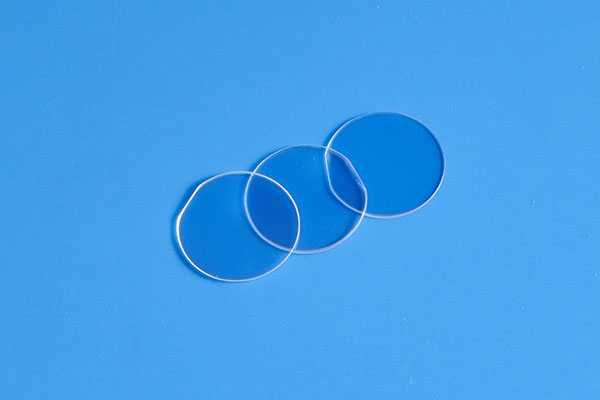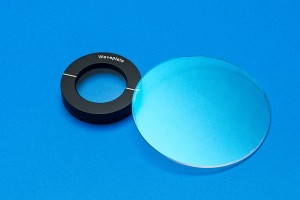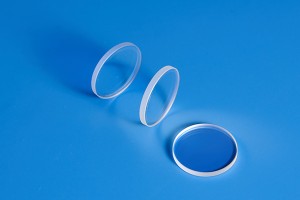WAVEPLATE
A wave plate, also called a phase retarder, is an optical device that changes the polarization state of light by generating an optical path difference (or phase difference) between two mutually orthogonal polarization components. When the incident light passes through wave plates with different types of parameter, the exit light is different, which may be linearly polarized light, elliptically polarized light, circularly polarized light, etc. At any particular wavelength, the phase difference is determined by the thickness of the wave plate.
Wave plates are commonly made of birefringent material with precise thickness such as quartz, calcite or mica, whose optical axis is parallel to the wafer surface. Standard wave plates (including λ/2 and λ/4 wave plates) are based on air-spaced construction that allows their use for high-power applications with damage threshold higher than 10 J/cm² for 20 ns pulses at 1064 nm.
Half (λ/2) Wave Plate
After passing through the λ/2 wave plate, the linearly polarized light is still linearly polarized, however, there is angle difference (2θ) between the vibration plane of the combined vibration and the vibration plane of the incident polarized light. If θ=45°, the vibration plane of the exit light is perpendicular to the vibration plane of the incident light, that is, when θ=45°, the λ/2 wave plate can change the polarization state by 90°.
Quarter (λ/4) Wave Plate
When the angle between the incident vibration plane of polarized light and the optical axis of the wave plate is θ=45°, the light passing through the λ/4 wave plate is circularly polarized. Otherwise, after passing through the λ/4 wave plate, a circularly polarized light will be linearly polarized. A λ/4 wave plate has equal effect with a λ/2 wave plate when it allows the light to pass through twice.
WISOPTIC Specifications – Wave Plates
| Standard | High Precision | ||
| Material | Laser-grade crystalline quartz | ||
| Diameter Tolerance | +0.0/-0.2 mm | +0.0/-0.15 mm | |
| Retardation Tolerance | ± λ/200 | ± λ/300 | |
| Clear Aperture | > 90% of central area | ||
| Surface Quality [S/D] | < 20/10 [S/D] | < 10/5 [S/D] | |
| Transmitted Wavefront Distortion | λ/8 @ 632.8 nm | λ/10 @ 632.8 nm | |
| Parallelism (single plate) | ≤ 3” | ≤ 1” | |
| Coating | R<0.2% at central wavelength | ||
| Laser Damage Threshold | 10 J/cm² @ 1064 nm, 10 ns, 10 Hz | ||









